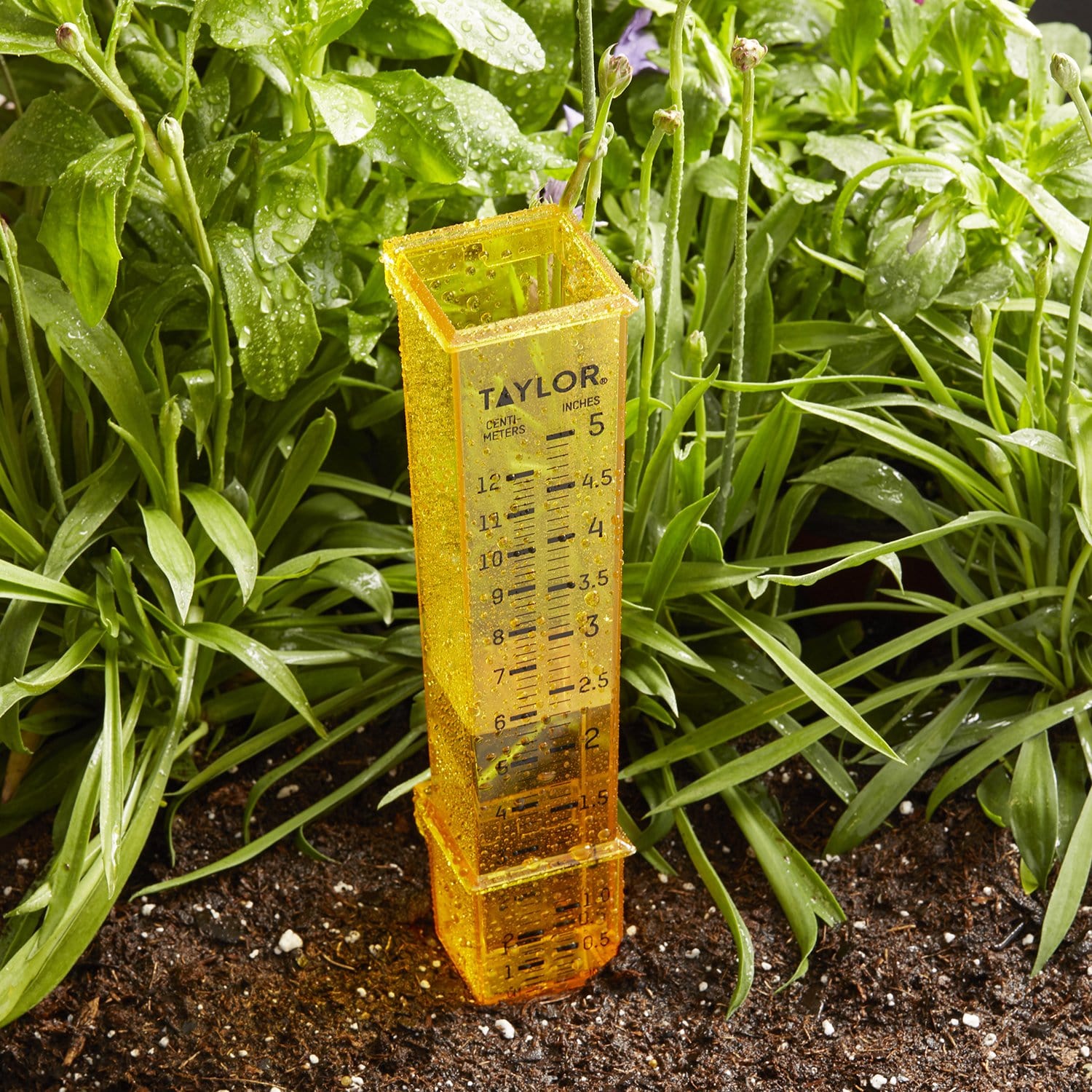The Rain Gauge: Crucial Info and Best Practices for Climate Enthusiasts
The Rain Gauge: Crucial Info and Best Practices for Climate Enthusiasts
Blog Article
DIY Rainfall Gauge: Easy Actions to Make Your Own
Are you thinking about tracking rainfall in your location? Producing your own do it yourself rainfall gauge is a effective and easy means to determine and videotape precipitation. With simply a few typical materials and some fundamental actions, you can easily create your very own rain scale in the house. In this guide, we will offer you with a detailed process to help you develop your own rain scale. No need for any specialized understanding or devices - this job can be completed by anybody. By following these basic instructions, you will certainly have a dependable tool to measure rainfall and add to your understanding of the neighborhood weather patterns. So, allow's obtain started on making your DIY rainfall gauge today!
Gather Products
To begin creating your Do it yourself rain scale, collect all the necessary products using a detailed checklist of products. Having the best materials on hand will make certain the successful creation of your rainfall scale and permit for precise dimensions of rainfall. Gathering these materials beforehand will streamline the construction procedure and guarantee that you have whatever you need to create your very own Do it yourself rain gauge.
Prepare the Container

Mark the Dimension Increments
To properly measure the quantity of rainfall, accurately noting the dimension increments on your do it yourself rain gauge is vital. Without clear and precise markings, it would certainly be difficult to identify the specific amount of rainfall gathered in your rain gauge. Here are the steps to note the measurement increments on your rainfall scale.
First, pick the unit of dimension that you wish to utilize. One of the most typical units for measuring rains are millimeters and inches. Use a long-term pen or waterproof paint to note the increments on the side of your rain gauge when you have actually chosen the unit. For inches, you can note every quarter inch or every half inch, depending on your preference. For millimeters, you can mark every 10 millimeters or every 20 millimeters.
When noting the increments, it is crucial to make certain that they are evenly spaced and clearly visible. Use a ruler or gauging tape to ensure accuracy and uniformity. Additionally, make sure that the markings are resistant to fading or abrading, as read this article exposure to the elements might trigger them to wear away with time.
Place the Rain Gauge Outdoors
The rainfall scale must be placed outdoors to accurately gather rainfall data. The place chosen for the rain gauge need to be complimentary and open from any type of blockages that might possibly affect the measurement of rains. It is vital to locate a place that is not blocked by trees, structures, or other frameworks that could block the rainfall from reaching the scale. This will certainly guarantee that the gathered information is agent of the real rains in the location.
In addition, it is important to place the rain gauge on a secure surface, such as a degree ground or a durable post. This will prevent any movement or tilting of the gauge, which can bring about incorrect dimensions. It is additionally recommended to prevent positioning the gauge near any kind of sources of artificial water, such as lawn sprinklers or drainage systems, as this could disrupt the precision of the dimensions.
Display and Document Rain Data
Routine surveillance and recording of rains information is vital for exact information analysis and analysis. By keeping an eye on rainfall dimensions, you can obtain important insights into weather condition patterns, environment patterns, and water resource monitoring. To properly check and tape-record rainfall information, it is essential to develop a regular and keep consistent techniques.
To start with, make sure try this website that your rainfall scale is positioned in an open area away from barriers such as trees or structures that might block rainfall. Additionally, make sure the rain gauge is degree and securely anchored to avoid any type of activity that could impact the accuracy of the measurements.

When taping the rainfall information, it is important to note the day and time of each measurement. Use a ruler or a gauging stay with determine the rainfall deepness in the rainfall scale, and document this information accurately.
To make sure the precision of the measurements, it is advised to clear the rain gauge after each recording. This will certainly prevent any overflow or evaporation from impacting subsequent dimensions.
Verdict
In verdict, producing a DIY rainfall scale is a useful and simple method to check and videotape rainfall data (The Rain Gauge). By complying with the steps described in this post, you can conveniently collect materials, prepare the container, note the measurement increments, and place the rainfall scale outdoors. Routinely checking and taping rainfall information can supply beneficial details for different purposes
Having the appropriate products on hand will certainly guarantee the effective production of your rainfall scale and permit for accurate measurements of rainfall.To precisely measure the quantity of rains, precisely noting the measurement increments on your Do it yourself rainfall gauge is vital.The rainfall scale must be placed outdoors to precisely accumulate rains data. The area picked for the rain gauge should be totally free and open from any obstructions that could possibly influence the dimension of rainfall.In verdict, developing a DIY rainfall scale is a easy and useful method to keep track of and tape-record go to the website rainfall data.
Report this page